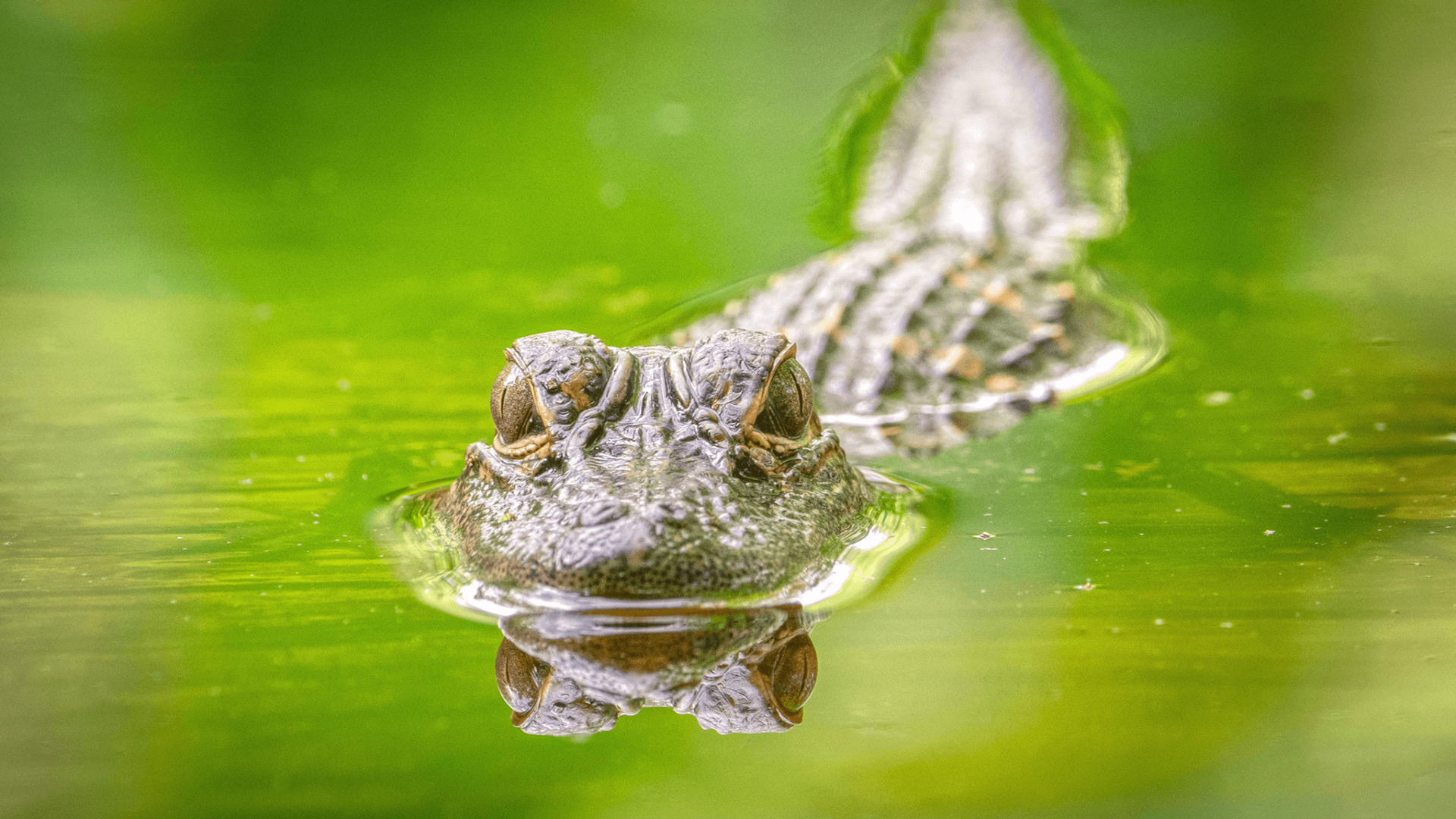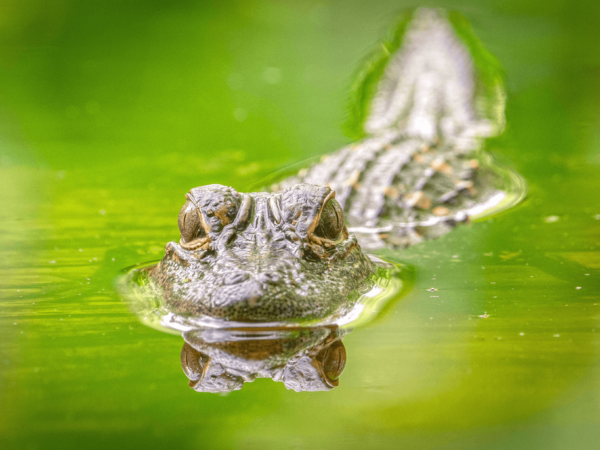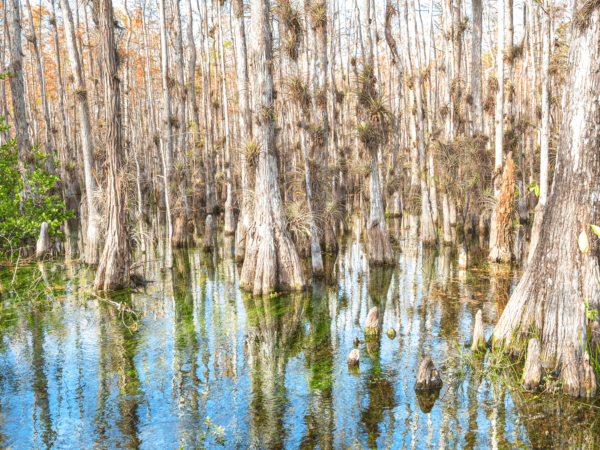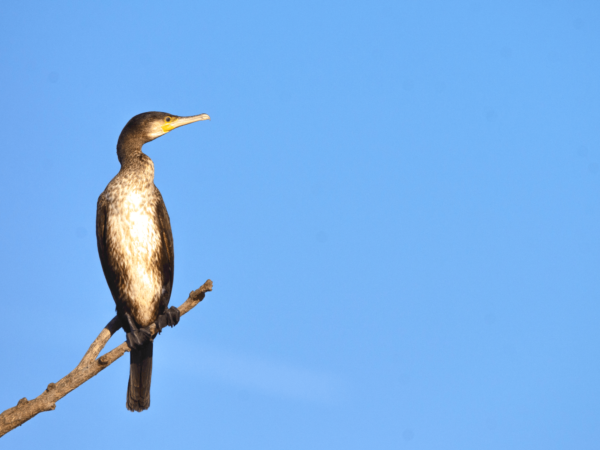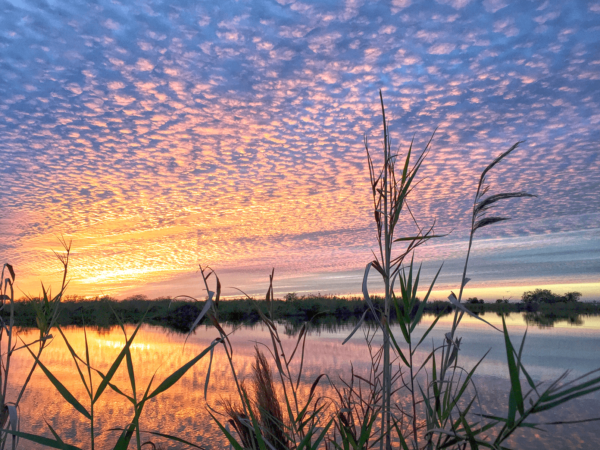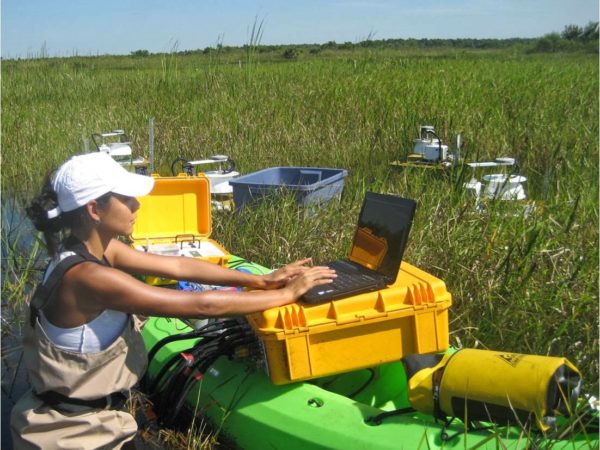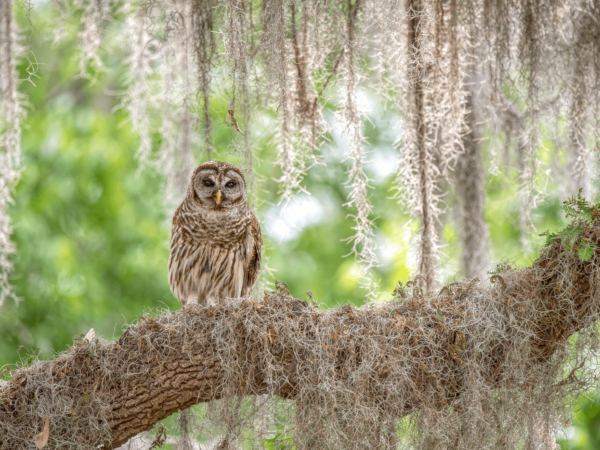Welcome. The Everglades is a vast system of wetlands that includes the Arthur R. Marshall Loxahatchee National Wildlife Refuge.
You are in the last original part of the northern Everglades. Within this section of the Refuge you will find impoundments, which are large pools made to mimic the habitat in the greater Everglades. A habitat gives food, water, shelter and space to the plants and animals that live there. This habitat is a marsh, a wetland with few trees. The water level is controlled in these ponds to create diverse conditions for plants and animals to live.
Wetlands help keep our water clean, control floods, and provide many kinds of homes for wildlife.
They first collect the water and then slowly release it, either as a stream that you can see, or hidden under the ground. The plants in the wetland system are called aquatic vegetation. They act as a series of filters that help clean the water. They slow the water flow, take in chemicals and mineral nutrients from the water and store them in their roots, helping the plant to grow while cleaning the water at the same time. You can see how important it is to protect our wetlands, as they really protect us in many ways! As you explore these wetlands, look, listen and experience the life that thrives around you. You will see and hear more, if you are quiet as you walk the trail. A rustle of leaves could alert you to a grasshopper or a snake. Turtles may be basking on a log next to alligators in the sun. A hawk might be calling overhead or songbirds from a tree. If you are really lucky, you may see a more secretive animal, such as a bobcat or an otter. You may even mistake the loud croak of a pig frog for the roar of an alligator! Continue along the trail to experience what the largest wetland on earth, The Everglades, is about and how its different habitats are all inter-connected with one another.

